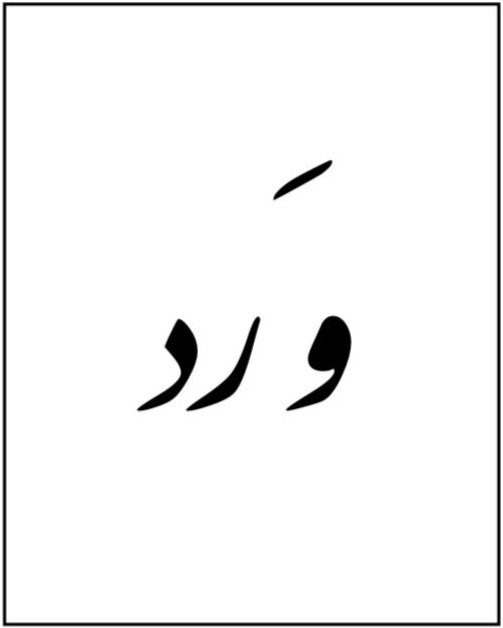Interview
Mo[hammed] Nassem is a designer, artist, and writer from Jeddah, Saudi Arabia and currently based in Brooklyn, NY. He holds a BFA in Graphic Design from Boston University (2016) and an MFA in Graphic Design from the Rhode Island School of Design (2019). His practice is an amalgam of writing, typography, language, queerness, and experiments to reconcile these elements. His work has been recognized by the AIGA, Type Directors Club, and Communication Arts.
Daily Form Studies (2019): Daily 1-hour form studies created by randomizing characteristics and content from a pre-set matrix. Each composition utilizes a unique combination of one of each: aesthetic, material/subject, and composition.
How and when did you come to the conclusion that graphic design would be the best medium to achieve your artistic vision? What other media have you explored and want to learn about?
I'm not sure if I will ever come to a conclusion, as I like to keep an open mind. I think my affinity to both language and art from a young age indirectly lead me to pursue graphic design. It's a field where visual abstraction and verbal communication are in constant dialogue. I have also explored printmaking, calligraphy, book arts, video, and computer coding/processing. My only criterion in selecting a medium is considering how it can communicate something about language. The work attempts to translate language into a visual medium and vice versa. In that sense, translation could be the underlying medium.
What elements and themes do you consider integral in your designs? How do you incorporate them together?
Hybridity, heritage, identity, amalgams, and juxtapositions are all important to me. I think typography makes it all come together. These elements exist simultaneously, and my work often simply highlights this by asserting its reality. I believe that sometimes all it takes to realize the unthinkable is to translate it into physical space. Similar to the way the Arabic word was historically used in place of figurative drawing, I find that typography usually makes the most sense for me to manifest ideas.
Mistranslation Poetry (2018): A duo of poems and typographic explorations on what gets lost in translation. The history and significance embedded in words or names can be affected by predefined notions. The chosen words are based on my own experience in traversing multiple languages and cultural environments.
Your identity intersects and encompasses different marginalized backgrounds. How do they affect and inspire your art?
The intersections of identity drive much of my work. I think coming from a Hijazi culture that is intrinsically diverse has taught me so much about what that means. Every facet of my identity brings a new lens from which I can approach art. At the same time, each part also brings cultural baggage, responsibility, and even privilege. These are all considerations that make the process more complicated. At times I find myself unsure about the authenticity or appropriateness of my work. But I realized that ultimately, all I can do is represent my amalgamated self that I am comfortable with: Arab, Hijazi, Muslim, Queer (in no particular order) because that is my only truth.
Between queerness and Islam, how do you navigate different art scenes? Do you find yourself compromising certain aspects of your vision when displaying your work in Riyadh compared to New York? What is your advice to other creatives who find themselves in a similar situation?
I think the complexity of my identity and experience is also a strength in that it allows me to be versatile in presenting my work. Every day we find ourselves in situations where we inevitably have to show or hide certain aspects of ourselves (language, culture, sexuality, and other aspects,) and this case is no different. It can definitely be frustrating, but it's also why I turn to the internet as an inclusive space, as I state in one of my works, "where one can be one." It can be a testing ground for ideas that are not established yet. Having said that, I do think that some of the work to progress falls on the creative community as well. My advice for others is to build smaller communities within larger ones. It can simply be a group of trusted friends. And even though it might be small, it will help to cultivate dialogue and ideas before they are ready to face the rest of the world.
Abjad Orientations (2019): is a process of shifting the focal viewpoint to reorient myself and/or my audience and allow for a closer probe of our cultural reality. My eclectic identity as a Queer, Muslim, multilingual Arab living in the United States drives the form and content of my design inquiries to reconcile aspects of my selfhood.







